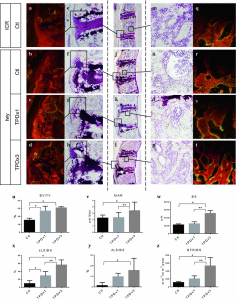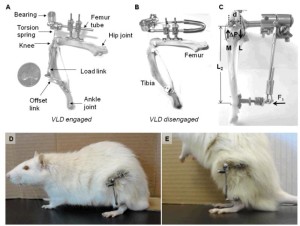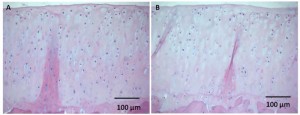While I was doing chemical research for something else today, specifically on the possibility of starting my own chemistry based cosmetic company (similar to what Jessica Alba did with her Honest company to become a billionaire) I found myself looking into at the active ingredients of many of the most common items in one’s bathroom.
It took maybe 3 hours of checking, scouring, and reading (on Wikipedia) to figure out what exactly were the compounds found in my mouthwash, soap, toothpaste, hand lotion, and sunscreen.
Eventually I came across something that was lying on my bathroom medicine cabinet, Benadryl.
I once remembered a friend of mine telling me that you can knock yourself out by drinking a lot of Vick’s Nyquill (aka cough syrup), which has the active chemical compounds of the following below… (source)
Active ingredients (in each 15 ml TBSP) – Purpose
- Acetaminophen 325 mg – Pain reliever/fever reducer
- Dextromethorphan HBr 15 mg – Cough suppressant
- Doxylamine succinate 6.25 mg – Antihistamine
Antihistamines are a very common type of drug. So from Vick’s Nyquill, I wanted to know the active ingredient of Benadryl. Does Benadryl have a similar effect as Nyquill, where if you take too much, you will get knocked out?
(Side Fun Fact: Interestingly, people often mistake the idea of chloroform as a drug used to knock people out, but it is actually Ether. Chloroform is talked a lot about in Movies, and shown used in Kidnappings, but Ether would be more effective, since it is faster acting on the human system)
(Side Fun Fact #2: Similarly, there is more than one way to make truth serum, which really just lowers people’s inhibitions and acts as a sedative, making them groggy. The recent news about thieves who steal from tourists using the NIghtshade derived Scopolamine and Atropa belladonna. You can also use Sodium Pentothial (aka Sodium Pentathol.)
So what are the active ingredients in Benadryl, the Anti-Histamine Drug most often used to treat allergies like hay fever?
Well, Benadryl is actually a Brand Name for something else, called Diphenhydramine. In the UK, the active ingredient would be acrivastine and/or cetirizine.
While I was doing more research into the compound Diphenhydramine, It led me to an article on Meclizine, aka Meclozine. Medical professionals knew about the bad side effects of Diphenhydramine for a while, and wanted a type of anti-histamine which did not have that type of drowsiness which comes with it.
In my own searching, I remember writing about Meclozine as a one of the most biggest breakthroughs we have made on this website. Tyler back in 2014 wrote a post entitled Game Changing Breakthrough OTC Height Supplement-Meclozine. I myself also wrote about it entitled Achondroplasia Treatment and Increase Height Using Meclozine aka Meclizine – Great News For Parents!
The science behind it seems to be valid. However, there have been a few sources we found on the internet which suggests the exact opposite. Study of possible correlation between BODY HEIGHT DECREASED and MECLOZINE (MECLOZINE)
This one source however does not take away from the multiple sources which show that Meclizine has bone enhancing abilities.
Google patents – Therapeutic agent for systemic bone disease and use thereof – WO 2014141847 A1
This patent was based on an idea to treat achondroplasia by having as one of the active ingredients Meclizine, which they noted is OTC (Over-The-Counter). These same inventors from Japan, wrote a piece called “Meclozine, Motion Sickness Medicine, Has The Therapeutic Potential In Achondroplasia” – (Masaki Matsushita).
It is interesting that Meclozine (aka Dramamine) has sort of replaced the Benadryl/Diphenhydramine as the type of antihistamine to use now.
It seems that Meclozine is actually so common, and easy to get that you can buy it from Amazon. Before, Tyler Linked to the chemical. Here it is again, for sale from Amazon for around $35. (No affiliate link)
Someone asked Tyler whether taking the Meclozine would work with people with closed growth plates. Tyler said that you should take it with doing LSJL. I will let the readers decide on whether it will work for adults.
However, for young children, this chemical seems to have noticeable effects, especially if you get the compound into your blood, and not through your digestive system (aka orally).




 Note extracellular fluid is listed as a factor and extracellular fluid flow can be modified by LSJL.
Note extracellular fluid is listed as a factor and extracellular fluid flow can be modified by LSJL.